Disc Players
Sort By: Post Date TitlePublish Date
|
Dec 02, 2019
|
Nov 18, 2019
|
Nov 07, 2019
|
Sep 11, 2019
|
May 23, 2019
|
Mar 08, 2019
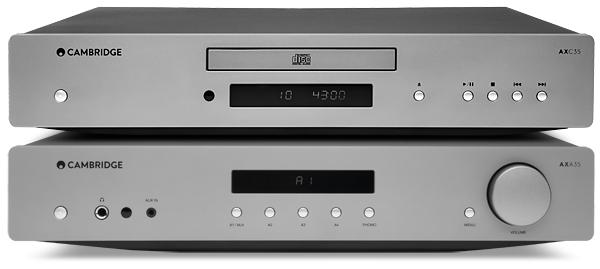
 Is the no-frills CD player/amplifier combo making a comeback? Cambridge Audio is not alone in thinking so, but its latest AX series also looks to offer uncommonly good value
Is the no-frills CD player/amplifier combo making a comeback? Cambridge Audio is not alone in thinking so, but its latest AX series also looks to offer uncommonly good value

 This slimline design was fashioned with Yuppies in mind yet packed tried-and-tested tech from premium Sony products. How does it shape up today? It's time to find out
This slimline design was fashioned with Yuppies in mind yet packed tried-and-tested tech from premium Sony products. How does it shape up today? It's time to find out
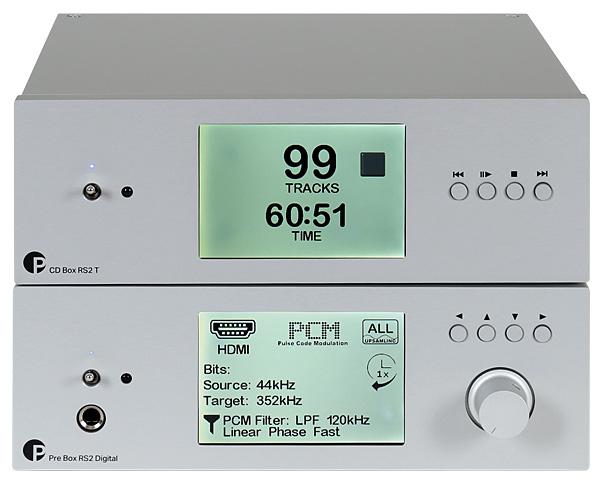
 Far from being just cute and compact, Pro-Ject's Box Design range is now all grown up – as this high quality CD/DAC/preamp combination so vividly demonstrates
Far from being just cute and compact, Pro-Ject's Box Design range is now all grown up – as this high quality CD/DAC/preamp combination so vividly demonstrates
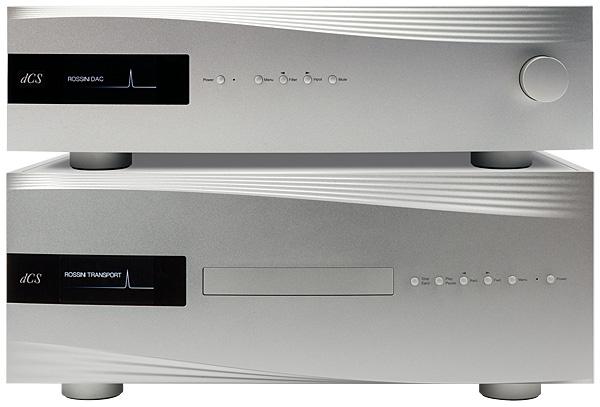
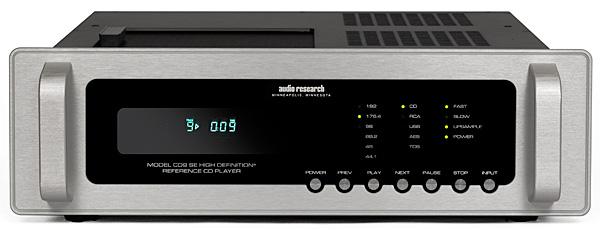
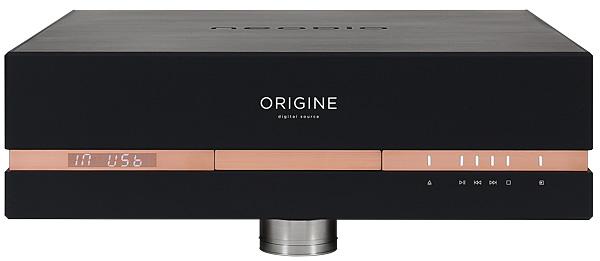
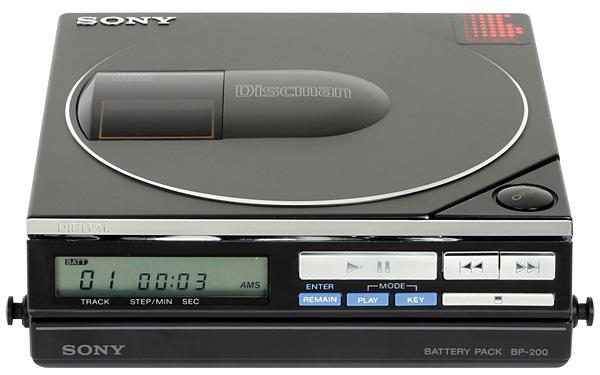
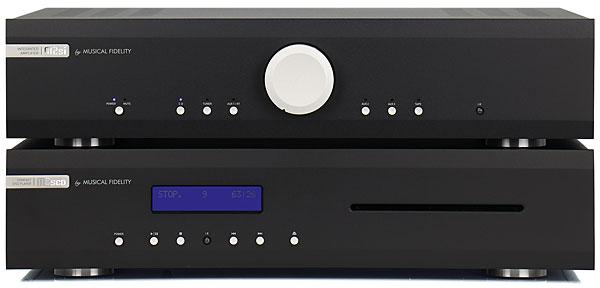
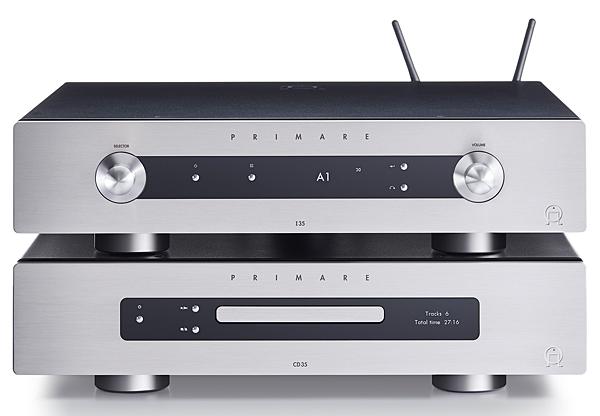

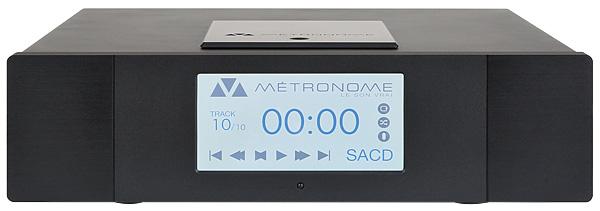
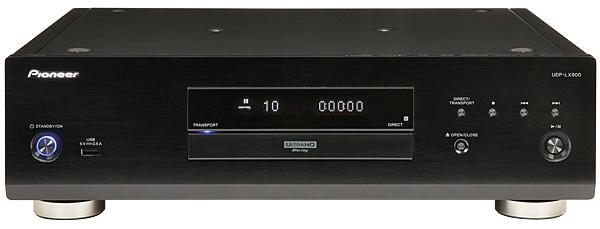
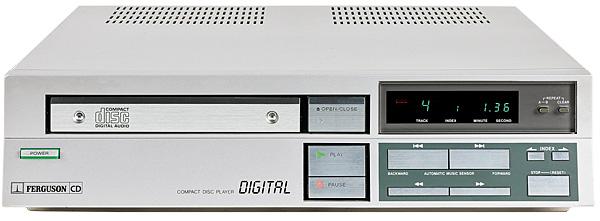
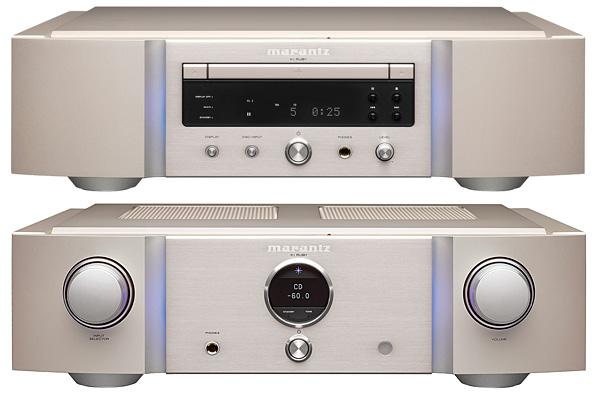
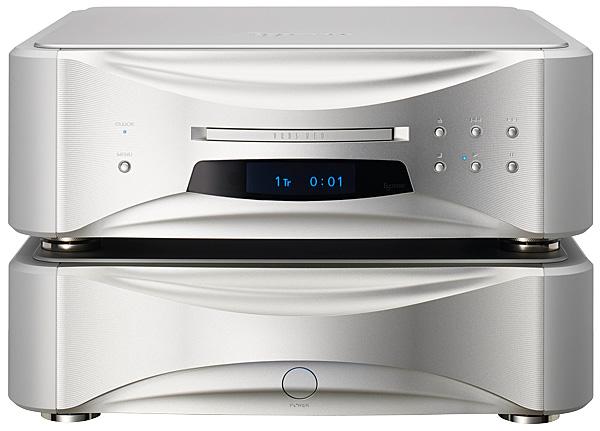
 A dedicated stack that forms one of the most expensive digital playback systems on the market, Esoteric’s Grandioso P1/D1 is aimed squarely at fans of the SACD format
A dedicated stack that forms one of the most expensive digital playback systems on the market, Esoteric’s Grandioso P1/D1 is aimed squarely at fans of the SACD format



